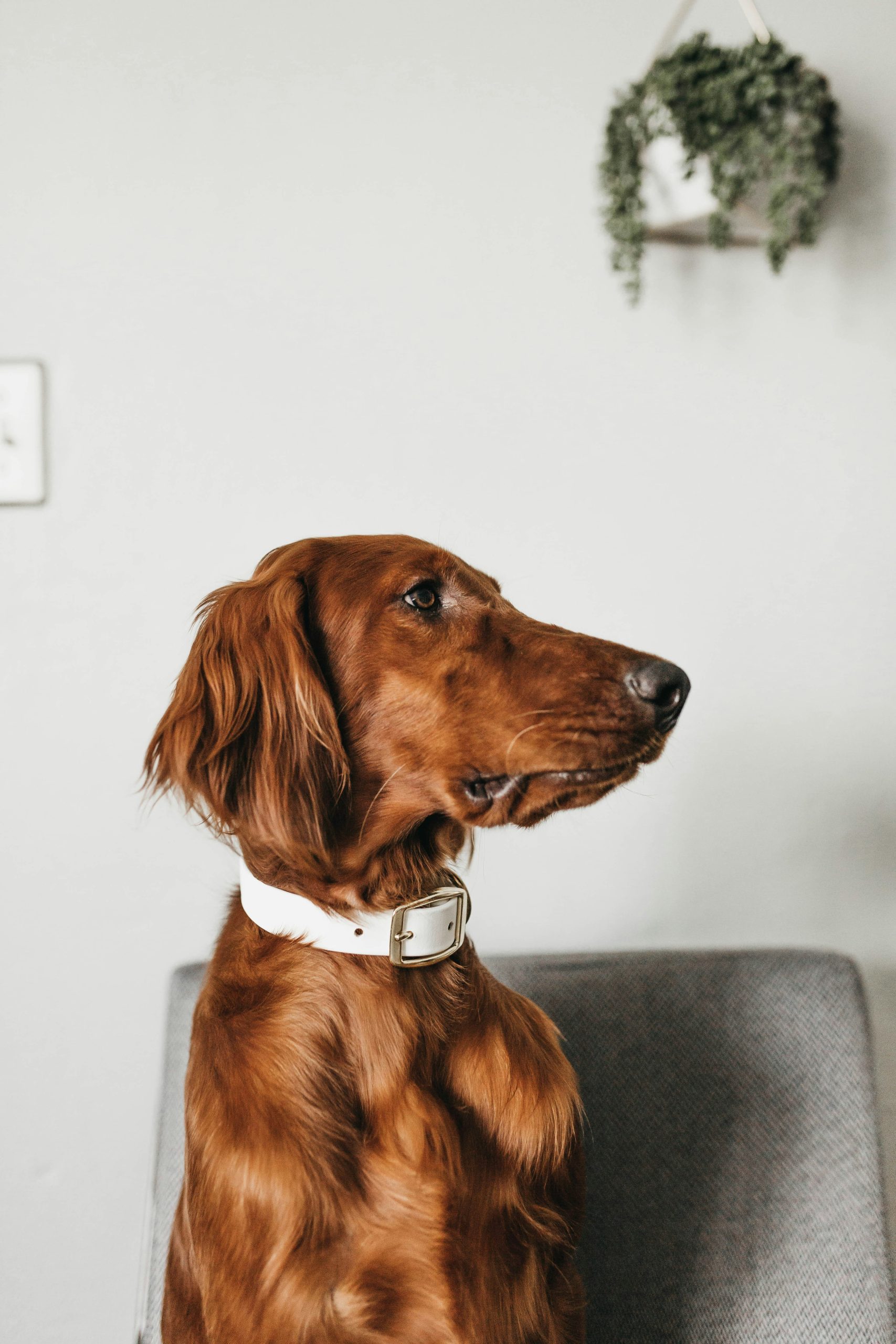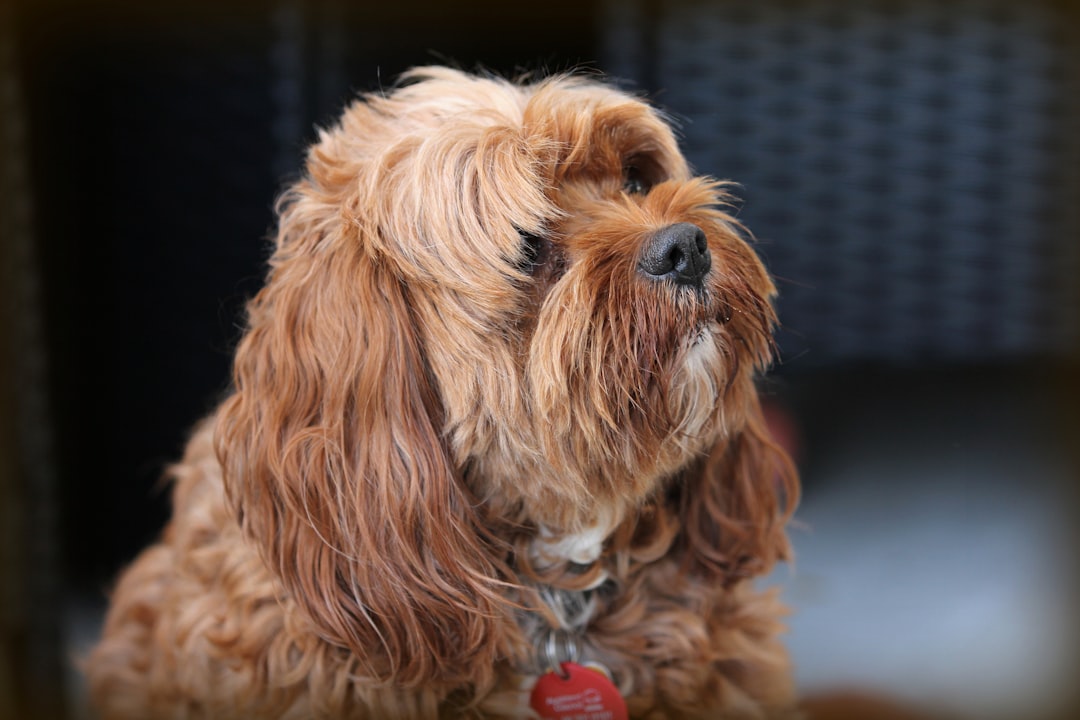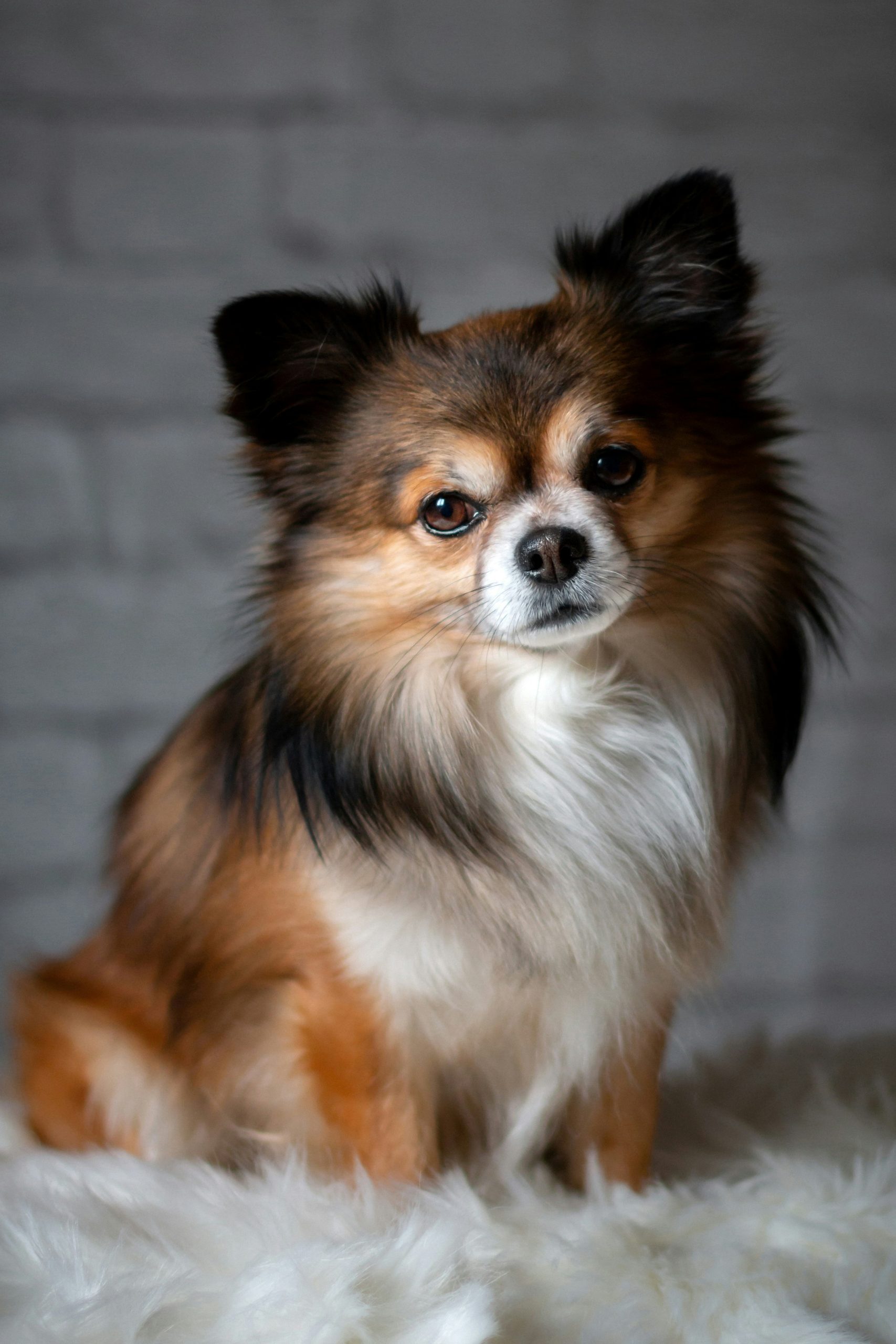Exploring the World of Dog Fur: Unveiling the Diversity and Genetics
A comprehensive guide to understanding the diversity of dog fur and hair, including the genetic factors influencing coat types and recommended grooming products for different coat types.
Overview of Dog Fur and Hair Diversity
The diversity in dog fur and hair is not merely a cosmetic trait but serves as a key element in distinguishing various dog breeds. For instance, breeds like the Golden Retriever, with their thick fur, are well-suited for colder climates, while the Chinese Crested, known for its hair, adapts better to warmer environments [2]. Understanding the genetic factors that influence coat types is essential to comprehend the wide range of appearances seen in dogs. Through genome-wide association studies, genes like RSPO2, FGF5, and KRT71 have been pinpointed to play significant roles in determining specific coat characteristics, shedding light on the intricate relationship between genetics and physical traits in dogs.
The coat types in dogs not only contribute to their appearance but also reflect their adaptability to different environments and climates. For example, wire-coated dogs, such as the Fox Terrier, possess rough, dense, and hard coats that provide protection and insulation, ideal for dogs in rugged terrains. Conversely, drop coats found in breeds like Yorkshire Terriers are long, straight, and silky, offering a different level of protection suitable for various conditions. By exploring the distinct characteristics of each coat type, we gain a deeper understanding of how dogs have evolved to thrive in diverse settings, showcasing the versatility of these loyal companions.
Understanding Dog Fur vs. Hair
Understanding the distinction between dog fur and hair is crucial for dog owners to provide appropriate care tailored to their pet’s specific needs. Dog fur is characterized by its density, which offers insulation to the dog, keeping them warm in colder climates. On the other hand, dog hair is more about protection and sensory functions, such as detecting changes in the environment like air currents or potential threats.
Moreover, the growth cycle of fur differs from that of hair, impacting shedding patterns in dogs. Fur tends to have a shorter growth cycle, which means that it sheds more frequently than hair. This shedding can vary depending on the breed and the season, affecting the amount of grooming required. For instance, breeds like the Golden Retriever and Labrador Retriever, known for their fur, may shed more profusely during seasonal changes compared to breeds like the Chinese Crested and Poodle, which have hair with different shedding patterns.
Understanding these differences can help dog owners tailor their grooming routines to suit their pet’s specific coat type, ensuring their furry friends are comfortable and healthy.
Genetic Factors Influencing Coat Types
The genetic factors that govern the various coat types in dogs are essential in comprehending the diversity seen in different breeds. For instance, the gene RSPO2 has been linked to the distinctive moustache and eyebrow growth pattern in certain breeds, while the gene FGF5 is associated with hair length variations. Dogs with curly coats owe their unique feature to the gene KRT71. These genetic underpinnings reveal how a complex array of coat types can be traced back to relatively simple genetic mechanisms, showcasing the intricate nature of dog phenotypes.
Moreover, the genetic basis of coat characteristics also sheds light on the rapid evolution potential in domesticated species, highlighting how a multitude of coat types can arise from specific mutations in key genes. This genetic knowledge not only aids in understanding the physical appearance of different dog breeds but also assists in the development of tailored grooming practices for specific coat types. By recognizing and studying the genetic factors behind coat diversity, breeders and groomers can work towards maintaining the integrity of breed standards and promoting the well-being of dogs through appropriate coat care practices.
Different Types of Dog Coat
Understanding the diverse coat types in dogs is essential for proper grooming and care tailored to each breed’s specific needs. One of the seven coat types found in dogs is the wire-coated variety, exemplified by breeds like the Fox Terrier. These dogs boast a rough, dense, and hard coat that provides them with protection in various environments. The wire coat’s distinct texture requires meticulous grooming to maintain its appearance and functionality, making regular brushing and hand-stripping common practices for owners of such breeds. By using appropriate grooming tools and products designed for wire coats, like specific brushes and shampoos, the texture and health of the dog’s fur can be preserved effectively.
On the other hand, drop coats, observed in breeds such as Yorkshire Terriers, present a stark contrast with their long, straight, and silky fur. These dogs require grooming practices that focus on preventing tangles and matting due to the length and texture of their coat. Regular brushing and the use of detangling products are crucial to keep the fur in optimal condition and maintain the characteristic silkiness of drop coats. By understanding the unique features of each coat type, dog owners can provide targeted care to ensure their pet’s coat remains healthy, shiny, and free of common issues like matting or dryness. Tailoring grooming routines to suit the specific needs of wire-coated or drop-coated dogs can significantly contribute to their overall well-being and appearance.
Grooming Needs Based on Coat Type
When it comes to grooming, it is crucial to tailor the care based on the type of coat that each dog breed has. For instance, hairless-coated dogs such as the Chinese Crested require specialized attention. Despite lacking fur, these dogs still need grooming to keep their skin clean and protected. Bathing them with specific products suitable for their sensitive skin is essential to maintain their overall health and prevent any skin issues.
On the other hand, curly-coated dogs, like the Bichon Frise or Poodle, present different challenges when it comes to grooming. These breeds have unique curl patterns that can easily become tangled and matted if not cared for properly. To manage their coats effectively, using specific grooming techniques such as regular brushing with a soft slicker brush and applying appropriate grooming products tailored for curly coats is essential. By understanding the specific needs of curly-coated dogs, owners can ensure that their pets’ coats remain healthy, shiny, and free of tangles, enhancing both the dog’s appearance and comfort. Proper grooming not only keeps the dog looking its best but also plays a vital role in maintaining good skin health and overall well-being.
Recommended Grooming Products
Selecting the appropriate grooming products tailored to your dog’s specific coat type is essential for ensuring their well-being and overall appearance. For instance, dogs with double-coated or wire-coated fur can greatly benefit from the use of detangler and shine products. These grooming aids help prevent matting, maintain the coat’s health, and leave it looking shiny and well-groomed. Moreover, long-coated breeds, whether they have coarse or silky fur, can enjoy the advantages of using products like Cowboy Magic® Detangler & Shine to keep their coats free of tangles and to enhance their natural sheen.
The significance of using suitable grooming products cannot be overstated, as they play a vital role in preserving the integrity of the dog’s coat while ensuring their comfort and hygiene. By investing in quality grooming items that meet the specific needs of your pet’s coat, you contribute to their overall well-being and happiness. Therefore, pet owners should take the time to understand their dog’s coat type and invest in the right grooming products to maintain a healthy and lustrous coat, reflecting the best possible care for their beloved canine companions.




